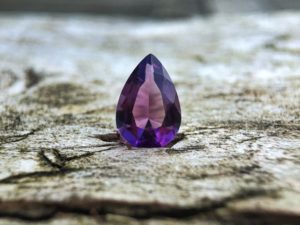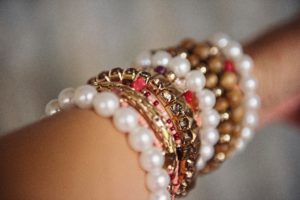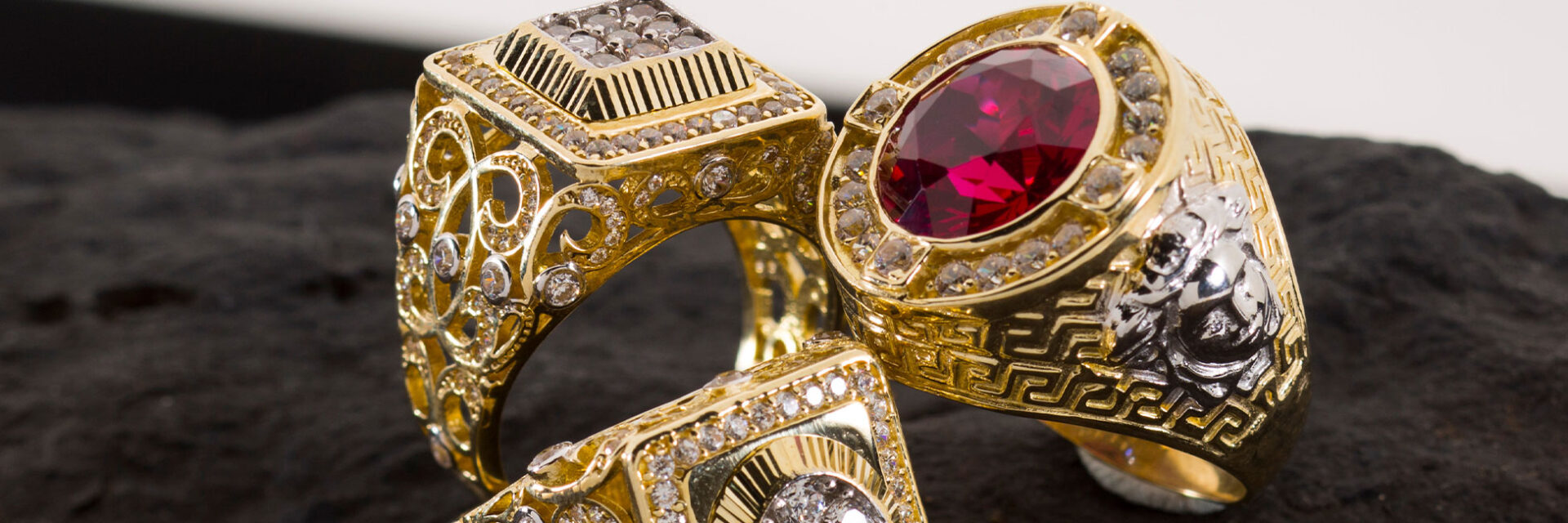The history of jewelry traces back to some of the world’s most remote civilizations. From shells, pebbles and fishbones to precious metals, jewelry was utilized to decorate the body during a variety of rituals and ceremonies. Over the decades, the materials and designs of jewelry have evolved.
While some styles are fleeting – changing as new fashion trends emerge – other items, such as pearls have preserved their timeless elegance.
From ancient Egyptians wearing gold to show off royalty, to JLo’s 15 carat yellow diamond ring, here’s a look at how jewelry has transformed throughout time.
What Jewelry Symbolizes
Jewelry can be found as far back as the 8th century AD. People wore jewelry in the Middle Ages to showcase their status and their wealth. Now, jewelry is used as a form of self-expression – there are many ways to ordain yourself with jewelry and let your personality shine.
As time passed, jewelry became more colorful. Gems that were vibrant in color were utilized during the Renaissance era to be placed on religious figures – often representing mystical properties on top of their appearance. It was during the latter part of the Renaissance era that jewelry was being worn by more than just royalty. With the wealth trickling down to people of different statuses, jewelry became a more widespread trend.
Jewelry may have been prominent in royalty for a long time, but jewelry was also used during vital moments in history.
Jewelry has been used to unite people during historical movements like the women’s suffrage era, where jewelry represented empowerment.
Kim Kanary, the Vice President of social media and community engagement at JTV explains:
“Many people may not realize that jewelry played a really important part in the suffrage movement. Women use jewelry to empower and unite them and in fact, it became symbolic of one’s allegiance to the cause.”

Casual Jewelry
It was during the Retro period (1930s-1950s) that jewelry began integrating itself into more casual settings and events, such as grabbing lunch with a friend or family gatherings. Jewelry became less about showing off and more about being part of one’s everyday attire. Brooches became wildly popular after World War II, with women commonly wearing three-dimensional, stylistic animals at cocktail parties.
The One Constant
We’ve transitioned from jewelry being worn by royals, necklaces being layered, brooches in the shape of animals, big bangle bracelets, timeless pearl necklaces, chandelier earrings, and more. The one constant with jewelry throughout the centuries has always been personality and individualism. People have always worn jewelry to stand out. Even though metals and gems looked different and were used for a variety of purposes centuries ago, they were always used to stand out.
Whatever you want to say, it’s possible with jewelry. Whether you’re going out with friends or attending a black-tie event, a piece of jewelry serves the same purpose it did when our ancient ancestors fastened seashells together on a piece of string.

The Evolution of Jewelry Workshop
To learn more about how jewelry has evolved to reach our contemporary world, join the professionals for an eight-course Evolution of Jewelry Workshop. Take a deeper dive into the political, fashionable, and historical effect of jewelry on worldly events.
In the Evolution of Jewelry, we’ll touch upon the prominent historical figures and what jewelry meant to them.

